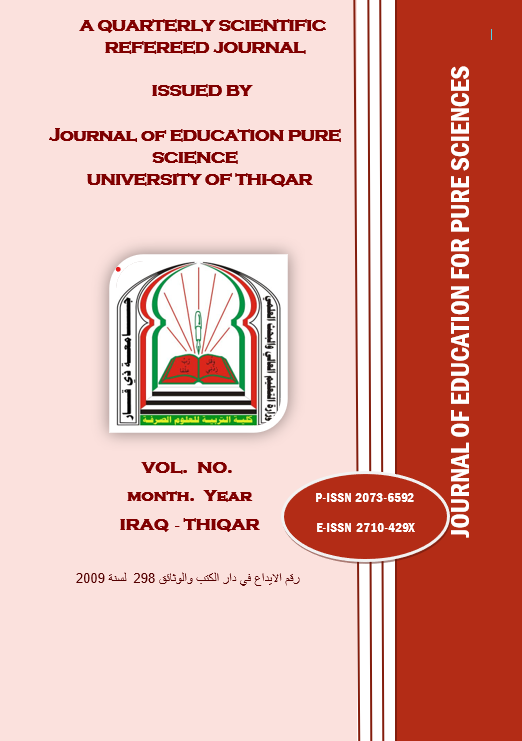Abstract
Epilepsy seizure (ES) monitoring and detection are only two examples of the many problems that may
be addressed by combining the Internet of Medical Things (IoMT) with machine learning (ML)
techniques and cloud computing services. Epilepsy, a potentially fatal neurological disorder, is a
worldwide problem that poses a significant threat to human health. There is an urgent need for a
reliable way of identifying epileptic seizures in their early stages to save thousands of epileptic patients
every year. With the use of IoMT, several medical treatments, such as epileptic monitoring, diagnosis,
and other procedures, may be performed remotely, hence lowering healthcare costs and enhancing
service quality. EEG datasets have made use of feature importance-based data reduction to address the
problem of a high number of data points and improve the delivery of service to the end user. In this
article, we use the feature importance method by applying two popular machine learning techniques
extra tree classifier (ETC) and the extreme gradient boosting classifier (XGBoost). Finally, the
performance of a number of tests is evaluated using experimental data from Bonn University. Also
achieved is a comparison of the two approaches used. The collected findings demonstrate the efficacy
of the XGBoost technique and its greater accuracy in comparison to the ETC strategy.
be addressed by combining the Internet of Medical Things (IoMT) with machine learning (ML)
techniques and cloud computing services. Epilepsy, a potentially fatal neurological disorder, is a
worldwide problem that poses a significant threat to human health. There is an urgent need for a
reliable way of identifying epileptic seizures in their early stages to save thousands of epileptic patients
every year. With the use of IoMT, several medical treatments, such as epileptic monitoring, diagnosis,
and other procedures, may be performed remotely, hence lowering healthcare costs and enhancing
service quality. EEG datasets have made use of feature importance-based data reduction to address the
problem of a high number of data points and improve the delivery of service to the end user. In this
article, we use the feature importance method by applying two popular machine learning techniques
extra tree classifier (ETC) and the extreme gradient boosting classifier (XGBoost). Finally, the
performance of a number of tests is evaluated using experimental data from Bonn University. Also
achieved is a comparison of the two approaches used. The collected findings demonstrate the efficacy
of the XGBoost technique and its greater accuracy in comparison to the ETC strategy.
Keywords
Epileptic seizures
Internet of Medical Things
Internet of Things
machine learning
